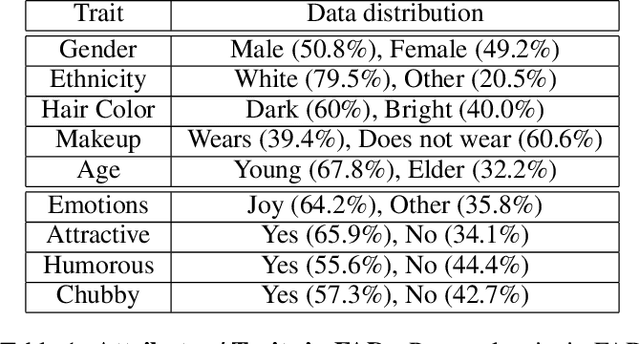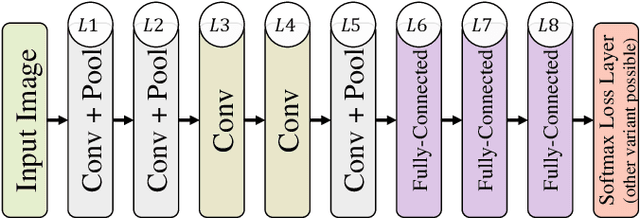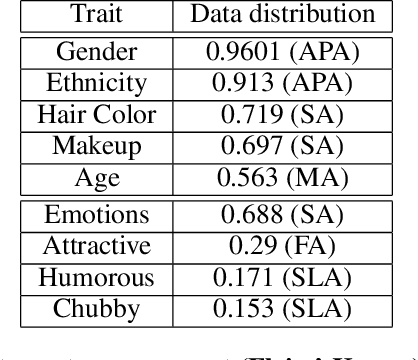Yoad Lewenberg
q2d: Turning Questions into Dialogs to Teach Models How to Search
Apr 27, 2023Abstract:One of the exciting capabilities of recent language models for dialog is their ability to independently search for relevant information to ground a given dialog response. However, obtaining training data to teach models how to issue search queries is time and resource consuming. In this work, we propose q2d: an automatic data generation pipeline that generates information-seeking dialogs from questions. We prompt a large language model (PaLM) to create conversational versions of question answering datasets, and use it to improve query generation models that communicate with external search APIs to ground dialog responses. Unlike previous approaches which relied on human written dialogs with search queries, our method allows to automatically generate query-based grounded dialogs with better control and scale. Our experiments demonstrate that: (1) For query generation on the QReCC dataset, models trained on our synthetically-generated data achieve 90%--97% of the performance of models trained on the human-generated data; (2) We can successfully generate data for training dialog models in new domains without any existing dialog data as demonstrated on the multi-hop MuSiQue and Bamboogle QA datasets. (3) We perform a thorough analysis of the generated dialogs showing that humans find them of high quality and struggle to distinguish them from human-written dialogs.
Predicting Personal Traits from Facial Images using Convolutional Neural Networks Augmented with Facial Landmark Information
May 29, 2016



Abstract:We consider the task of predicting various traits of a person given an image of their face. We estimate both objective traits, such as gender, ethnicity and hair-color; as well as subjective traits, such as the emotion a person expresses or whether he is humorous or attractive. For sizeable experimentation, we contribute a new Face Attributes Dataset (FAD), having roughly 200,000 attribute labels for the above traits, for over 10,000 facial images. Due to the recent surge of research on Deep Convolutional Neural Networks (CNNs), we begin by using a CNN architecture for estimating facial attributes and show that they indeed provide an impressive baseline performance. To further improve performance, we propose a novel approach that incorporates facial landmark information for input images as an additional channel, helping the CNN learn better attribute-specific features so that the landmarks across various training images hold correspondence. We empirically analyse the performance of our method, showing consistent improvement over the baseline across traits.
 Add to Chrome
Add to Chrome Add to Firefox
Add to Firefox Add to Edge
Add to Edge